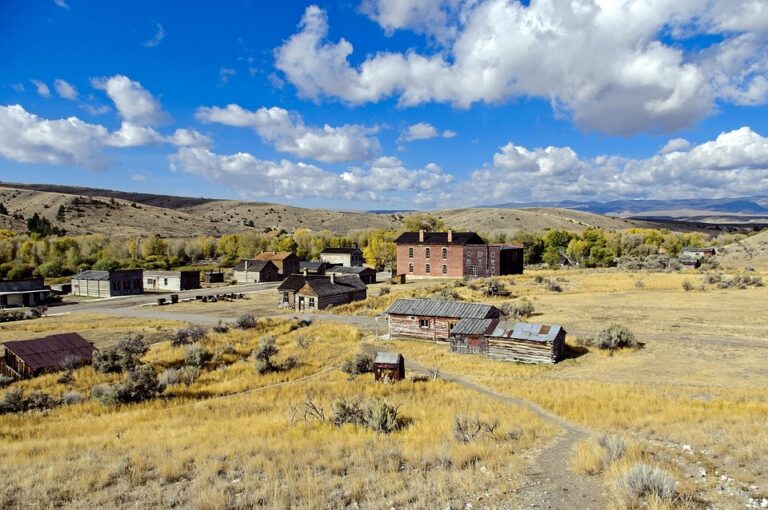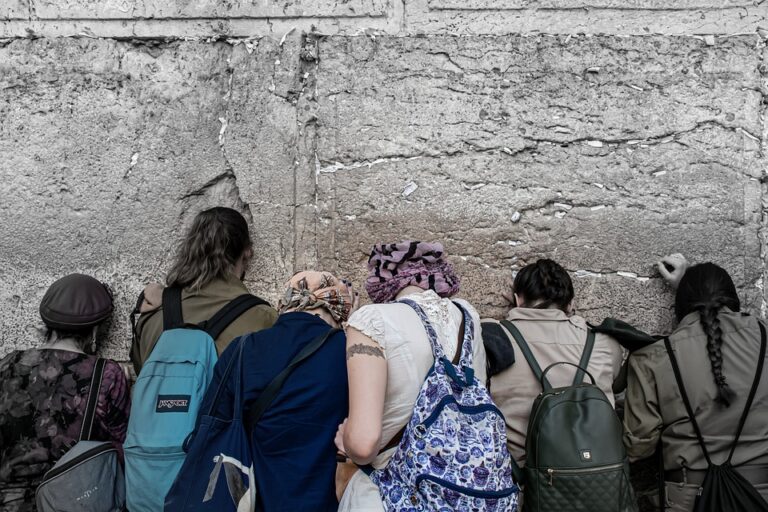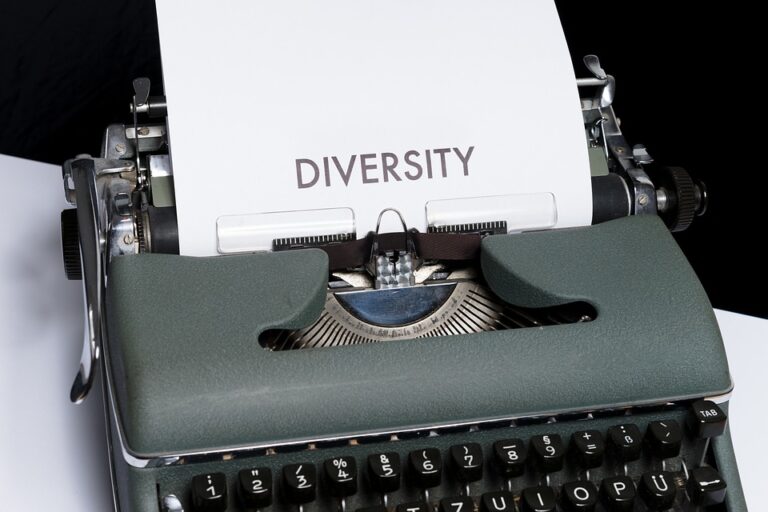The Role of Religion and Culture in Early Settlement Patterns in Russia
Russia has a rich history that dates back thousands of years, with early settlement patterns being influenced by a combination of religion and culture. The diverse landscape of Russia, spanning from the forests of Siberia to the steppes of the south, played a significant role in determining where people chose to settle. However, it was the religious beliefs and cultural practices of the various groups that ultimately shaped the development of early settlements in Russia.
Orthodox Christianity and Russian Settlements
One of the most influential factors in the early settlement patterns in Russia was the spread of Orthodox Christianity. The Christianization of Russia began in the 10th century under the leadership of Prince Vladimir of Kiev, who converted to Orthodoxy and made it the official religion of the Kievan Rus’ Empire. As Christianity spread throughout the region, churches and monasteries were established in key locations, serving as central points for communities to gather and establish settlements.
The Orthodox Church played a crucial role in shaping the social and political landscape of early Russia, with religious leaders often working closely with the ruling elite to maintain power and control over the population. Monasteries were not only centers of worship but also served as economic and cultural hubs, attracting settlers seeking religious guidance and protection.
The architecture of early Russian settlements often reflected the influence of Orthodox Christianity, with churches and cathedrals serving as the focal point of towns and villages. The design of these religious structures, with their iconic onion domes and intricate frescoes, showcased the artistic talents of the people and demonstrated the importance of religion in their daily lives.
Cultural Practices and Settlement Patterns
In addition to religion, cultural practices also played a key role in shaping the early settlement patterns in Russia. The diverse ethnic groups that inhabited the region, including Slavs, Finno-Ugric peoples, and Turkic tribes, each brought their own traditions and customs that influenced where they chose to settle.
For example, the nomadic peoples of the Eurasian steppe, such as the Kazakhs and Tatars, established mobile settlements known as yurts that could easily be dismantled and moved to new locations. These groups followed herds of livestock for grazing and relied on a pastoral lifestyle that dictated their settlement patterns.
On the other hand, the Slavic tribes of western Russia were more sedentary and practiced agriculture, settling in areas with fertile soil and access to water for irrigation. Villages were clustered around rivers and lakes, where they could fish, farm, and trade with neighboring communities. Over time, these settlements grew into towns and cities, becoming centers of commerce and culture in the region.
Cultural traditions and practices also influenced the architecture and layout of early Russian settlements. Wooden houses with sloping roofs and decorative carvings were common in the northern regions, where forests provided abundant building materials. In contrast, stone buildings were more prevalent in the southern steppes, where resources were scarce and protection from invaders was a priority.
The Impact of Religion and Culture on Settlements Today
The legacy of religion and culture in early Russian settlements can still be seen today in the architecture, customs, and traditions of the people. Orthodox Christianity remains the dominant faith in Russia, with churches and monasteries continuing to play a central role in the lives of believers.
Cultural practices, such as folk music, dance, and food, also reflect the diverse heritage of the Russian people and the influences of the various ethnic groups that have inhabited the region throughout history. Traditional celebrations, such as Maslenitsa (Pancake Week) and Easter, offer a glimpse into the rich tapestry of Russian culture and the enduring impact of religion on the lives of its people.
In conclusion, the role of religion and culture in early settlement patterns in Russia cannot be overstated. These factors shaped the development of communities, influenced architectural styles, and fostered a sense of identity among the diverse ethnic groups that inhabited the region. Today, the legacy of Orthodox Christianity and cultural traditions continues to enrich the lives of the Russian people, connecting them to their past and guiding them into the future.





